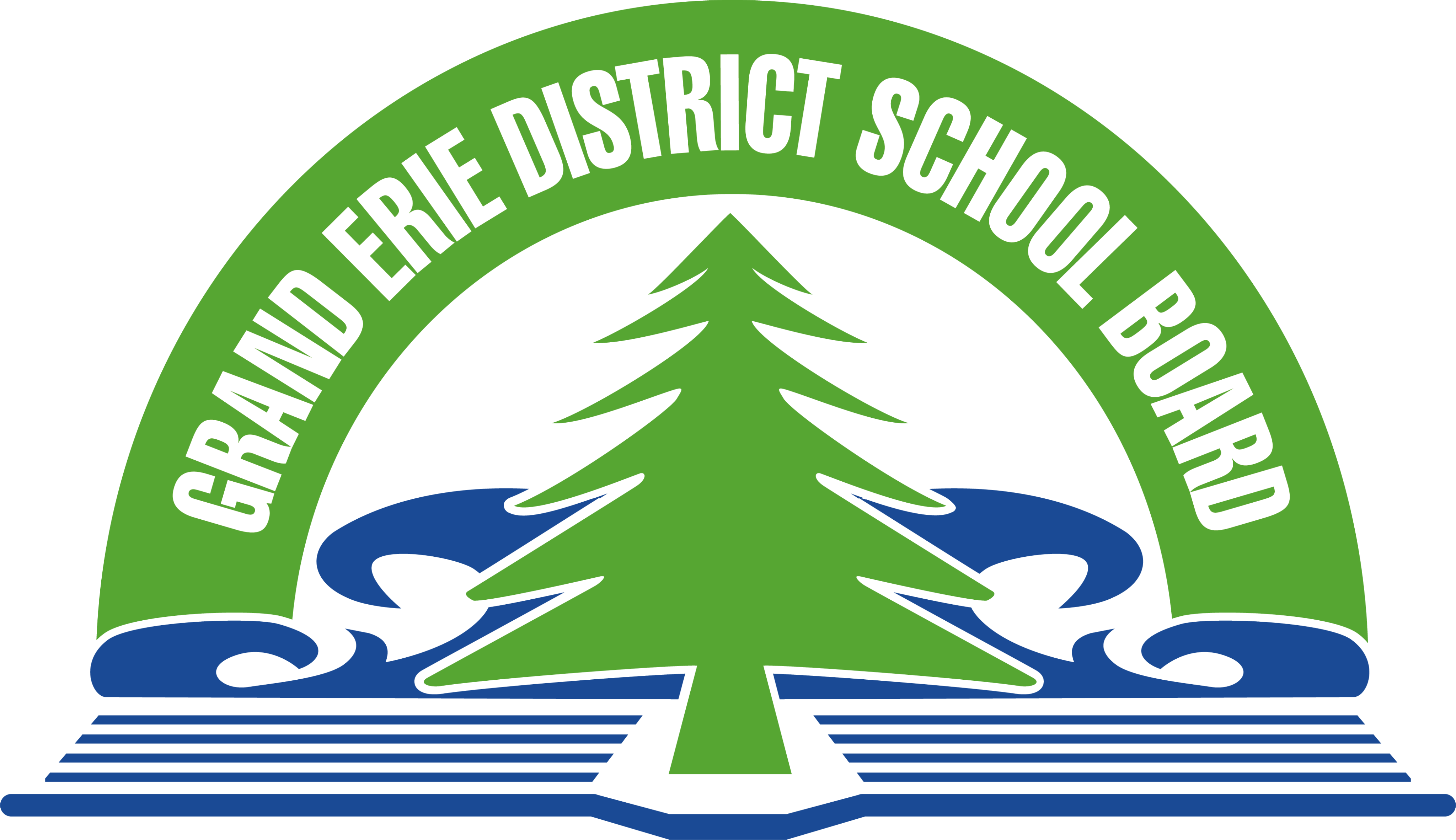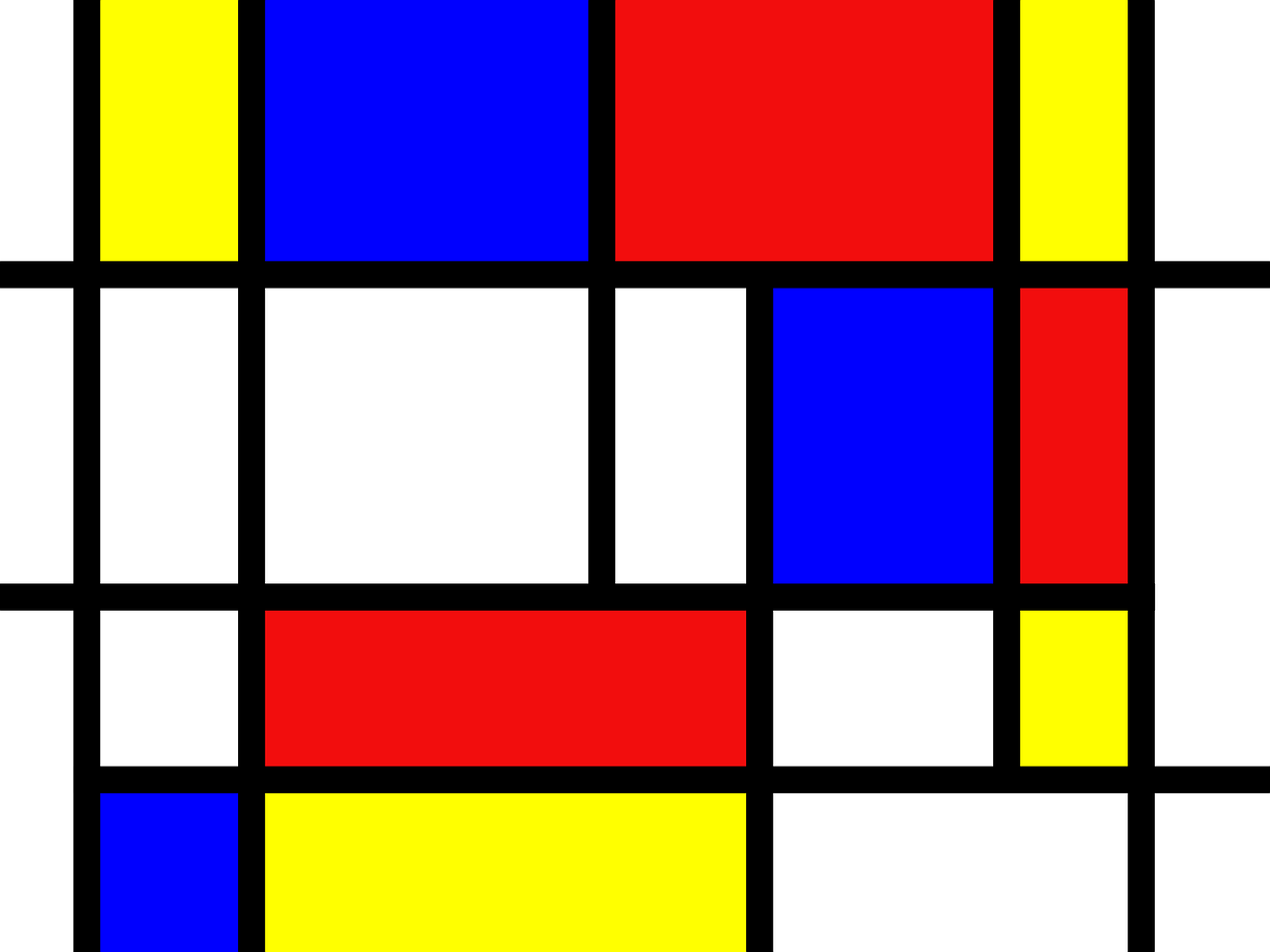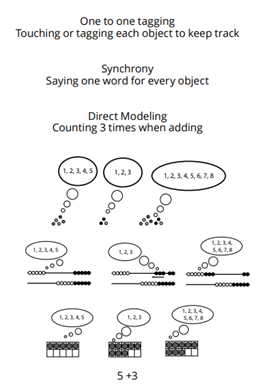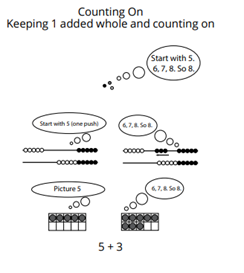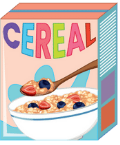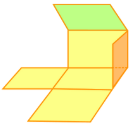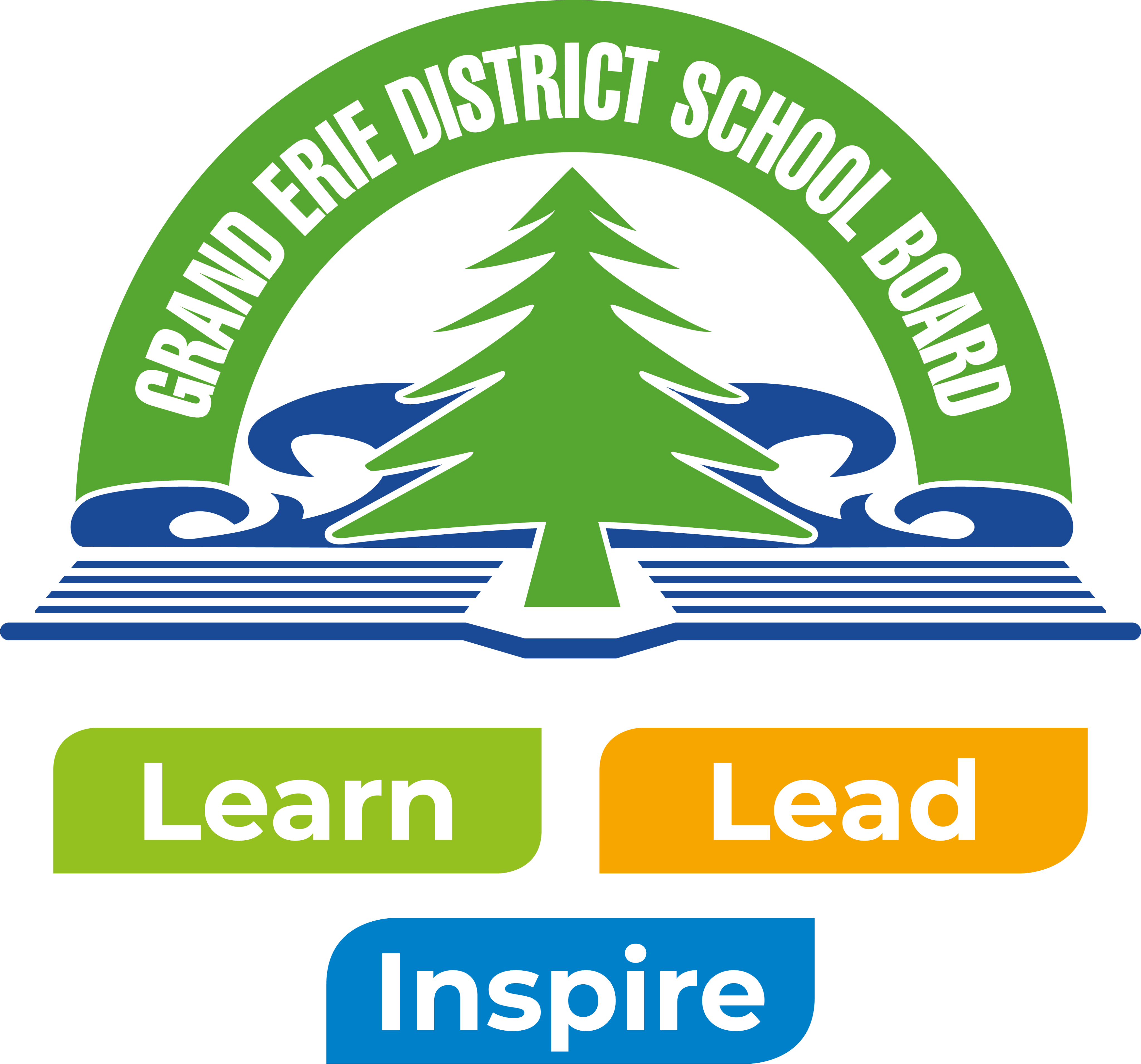Step 1 - Choose a shape: Decide on a shape (e.g., square, circle, triangle, rectangle) to look for.
Step 2 - Search the Environment: Look around your house, yard, or a classroom for objects that have that shape.
Step 3 - Identify and Share:
- Option A: Pointing: Point to an object and say, “Look, I found a rectangular clock.”
- Option B: Gathering: Go on a hunt to find and bring back objects that match the shape.
Step 4 - Discuss Real-World Shapes: Talk about how real objects are not always perfect examples of shapes. For instance, a plate is like a circle, but its edge is rounded, not a true geometric circle.
Step 5 - Go on a Nature Walk: Take the game outside by looking for shapes in nature, like the shapes of leaves, stones, or branches.
